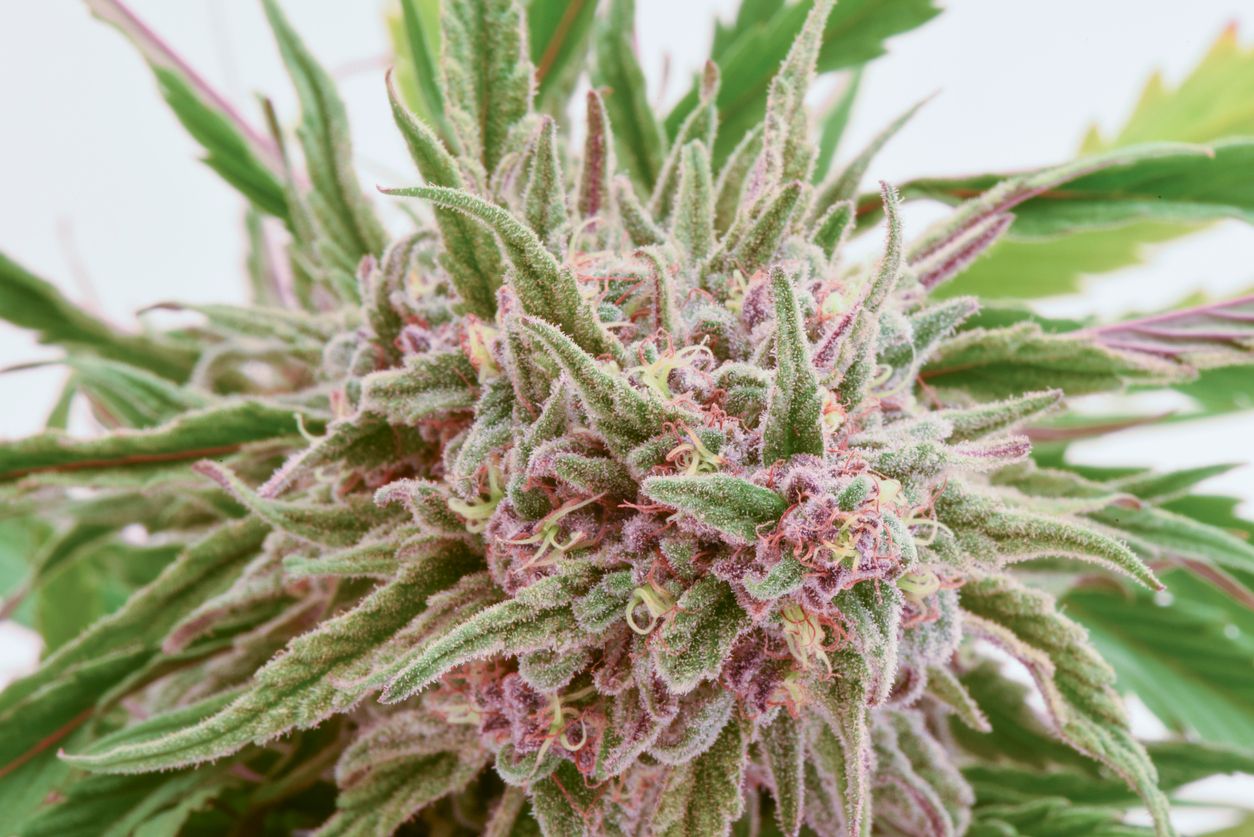Why people are an essential element of cannabis cultivation

Cannabis farms are appearing at rates we’ve never seen before, and automation has become a massive part of how we get the job done reliably, consistently, and easily. Still, robots and other expensive pieces of machinery aren’t likely to replace human beings anytime soon.
Modern cannabis cultivation facilities are a far cry from long-held stereotypes, with features like climate control, automated irrigation and feeding systems, and high-quality grow lights all run by professionals rather than free-spirited stoners or hardened criminals. Instead, they’re an elegant more reformed alternative to pop culture's wrongly believed notions. Though this industry has evolved greatly over these last few years, the majority of cannabis farms still require numerous human beings to do much of the work by hand.
Very few agricultural facilities value human involvement to the same extent as cannabis and that is mainly due to the demand for high-quality products and practices that technology hasn’t evolved to accommodate yet. For centuries farmers have relied on automated technology to do everything from planting to harvesting crops, but at this point, we just don’t have tools that are good enough to perform this delicate kind of work.
Few outdoor cannabis farmers
Outdoor cannabis farming is nearly non-existent, as it can only happen in regions that provide consistent temperatures and climate. Still, even indoor grow facilities are limited in terms of useful technology with the capability of replacing humans. Now you might read that and think that this is only because the automated tools don’t exist, but the reality is that even those that do are not able to replicate the same level of quality as real people.
Agricultural technology has come a long way over this last decade, but cannabis will likely never reach the same scale as other plant product producers, with smaller facilities that do best in the hands of human workers. Though this might someday change, for the moment, human involvement is absolutely imperative for a cannabis farmer to be successful.
A fickle crop with minimal room for error
Growing one pot plant is hard enough and doing so on a large scale is an incredibly difficult process that leaves little room for error. In crops like tomatoes or cucumbers, plants are cultivated in low-tech facilities full of automated sprayers, harvesters and processors, but that’s because these are products that can stand a bit of loss along the way. A few cucumber plants equate to a $20-$30 in losses, whereas a cannabis plant of the same size could cost a farm thousands if things go sideways, leaving little to no room for automated failures.
At one time, it was normal to buy a bag of green without any real knowledge about what might be inside, but these days things are different. Consumers demand quality, consistency, and dependability, all of which require constant monitoring, balancing, and adjustments that are generally made in time only by humans to achieve. Commercial production of cannabis does, of course, happen, but the companies that rely on this method are generally considered to be mediocre at best.
Someday farmers might have the option to avoid hiring a workforce entirely by switching to costly machines and equipment, but until then, human involvement is a vital requirement in the cannabis industry. A priceless benefit for creating the best weed that may never be completely replaced with technology.


